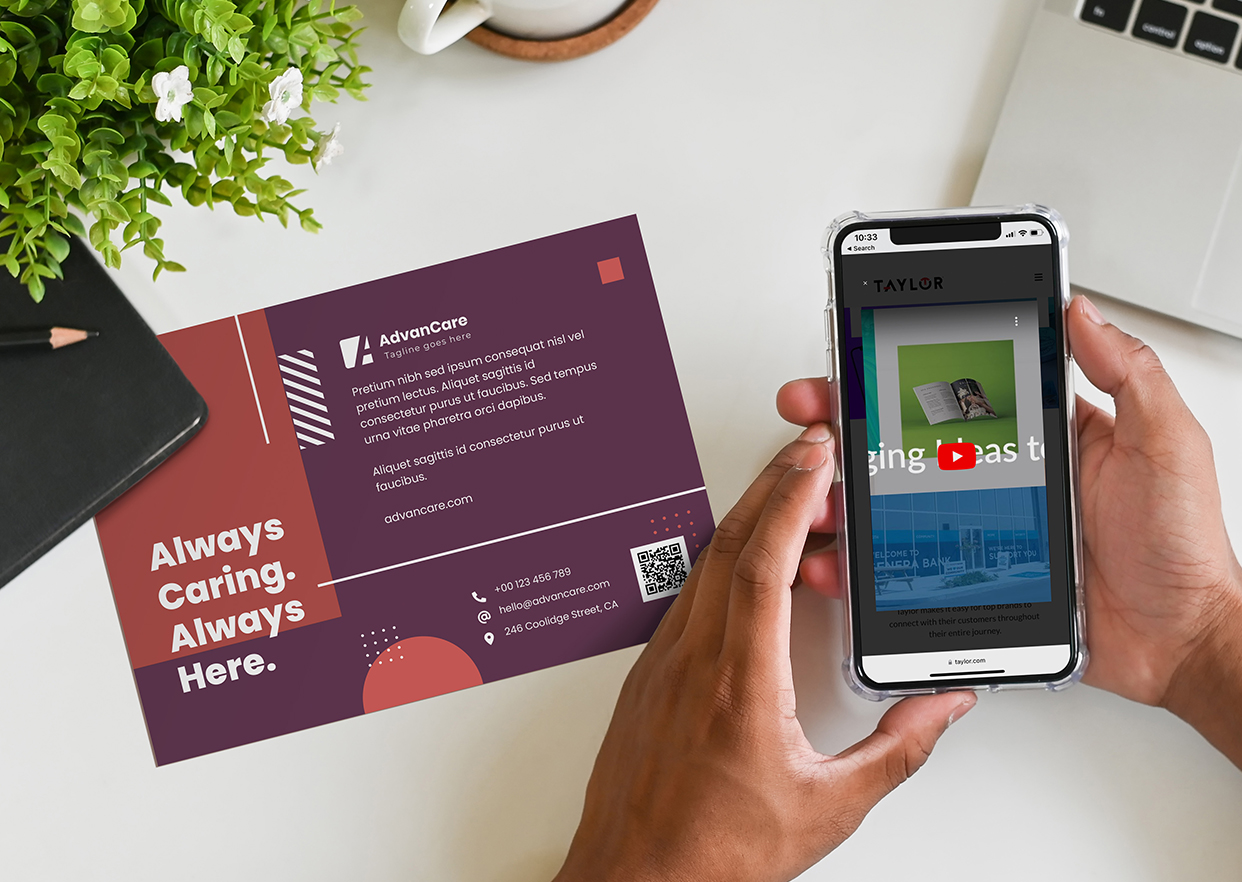Are you feeling overwhelmed by marketing automation complexities? If so, you're not alone. Depending on the size of your organization, it can take an entire team to set up and implement your marketing automation strategy.
Remember, marketing automation isn't a silver bullet that will solve all your marketing woes; it's detailed and complex. And you'll need to spend time setting it up. If you rush the setup or skip steps, it can have a cumulative effect, cost you time and create headaches later.
Fortunately, Taylor's got your back. We've got you covered with these five must-have tips to help make your marketing automation strategy more successful.
1. Understand What Marketing Automation Can and Can't Do
Before you implement an automated marketing strategy, you'll need to understand what this comprehensive technology can and can't do for your business. That way, you won't waste valuable time trying to get this tech to do things it can't.
Marketing automation can't:
- Create content
- Understand your audience and know your buyer personas
- Develop a marketing strategy
- Replace human insight
- Make continual improvements to your strategy
Marketing automation can:
- Streamline and simplify your most time-consuming responsibilities
- Automate your omnichannel communications
- Handle routine tasks
- Nurture prospects
- Automate your lead qualification process
- Provide a hub for creating digital content
So, with marketing automation software's capabilities, you can set reasonable expectations and avoid the stress involved with misusing automation.
2. Segment Your Audience
Creating a personalized marketing strategy can be challenging if you don't know who you are marketing to. The first step to successful marketing automation is to create persona profiles for your prospects and customers.
Personas help you identify and understand your customers' pain points and how to solve them. And it helps your brand connect with your recipients on an emotional level.
Then, you'll want to segment your audience so you can create focused, tailored content for each group. According to Hubspot, you can segment your audience in numerous ways. For example, you can divide your prospects by:
- Demographics
- Behavior
- Customer progress on their journey
- Level of engagement
- What device they're using
- Lifestyle traits
- Psychographics
After you've decided which segments are most applicable, you can create a personalized journey for each group.
3. Make It About Your Customer’s Journey
Once you have profound insight into your audience, you'll want to focus on your customer’s journey rather than on your business needs. Identify potential touchpoints that could benefit from marketing automation and build processes that ease your customer from touchpoint to touchpoint.
Next, organize your contacts using a CRM tool that integrates your marketing automation software. That way, you can track every action your customer takes and create another data point.
Then, use these data points to connect your customers to the next step of their journey ‒ whether that's educational content, a salesperson or a customer success check-in. With marketing automation, you can use this white-glove approach with thousands of your customers at a time.
4. Align Your Sales and Marketing Teams
Chances are, your marketing automation strategy is all about moving leads down your funnel and getting them to your sales team. But, to be successful at marketing automation, you'll need to get your sales and marketing teams in sync.
For example, your marketing team can own your contact’s records until the lead is warm. Your automation assigns and notifies the sales rep when a customer lead is ready for sales. Then, when your customer makes a purchase, your customer satisfaction team will receive a notification. That way, they can see all customer actions and communications and continue with post-sale follow-up.
This type of process is seamless, efficient and will build a long-term relationship between your brand and your customers.
5. Score Your Leads
Most marketing automation programs aim to generate better-qualified leads in the shortest time possible. Lead scoring can help you determine where customers stand in the sales funnel and how engaged they are with the content your brand shares.
To build your database, track customer behaviors such as when they visit and return to your website, open emails or download content. Customer behaviors can also include attending a webinar, watching a video or completing a contact form.
Final Thoughts
These five must-have tips are a fantastic place to begin if you’re just starting out with software automation. But don’t stop there. There are countless tips and strategies you can employ to take your marketing automation to the next level.
Remember, you don’t have to go it alone. Contact one of Taylor’s experts today and let us help you transform your marketing










